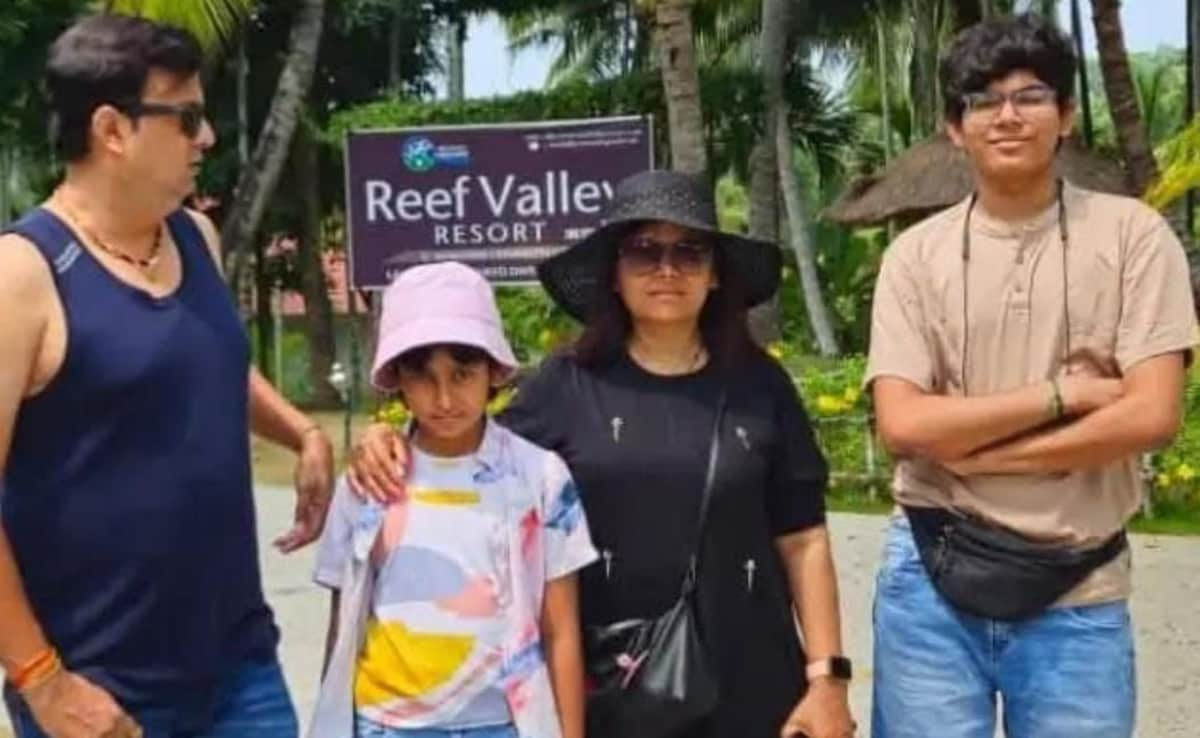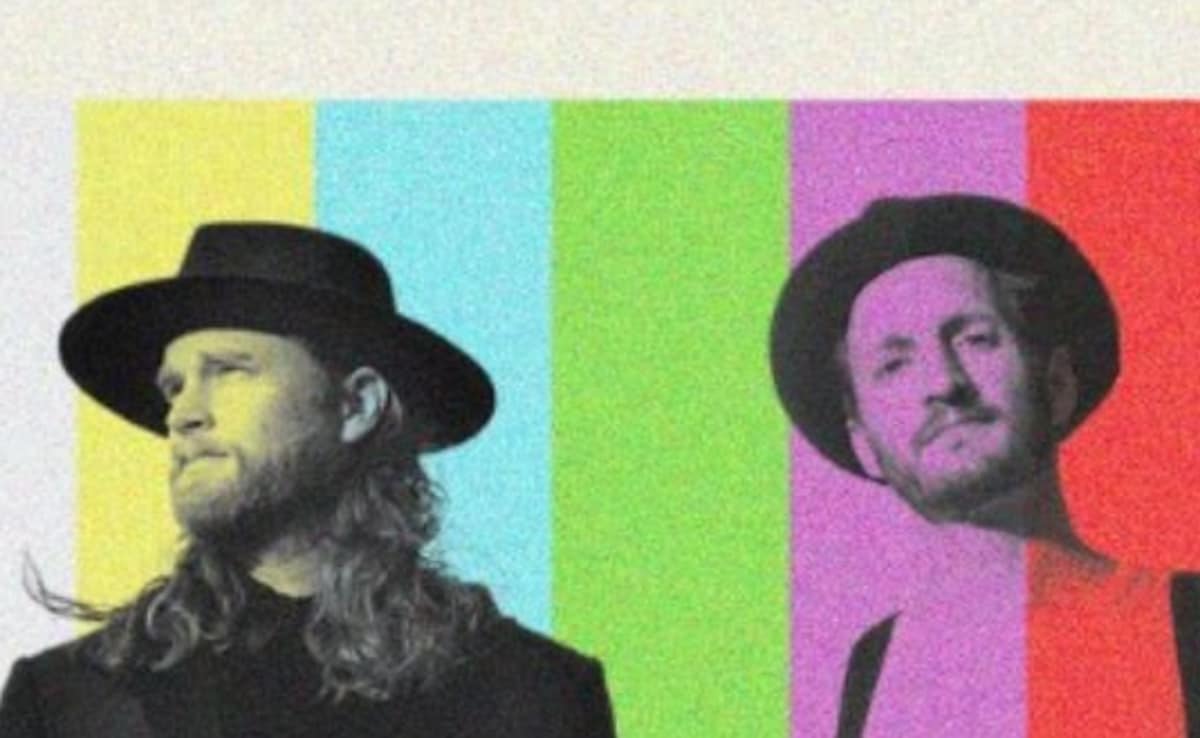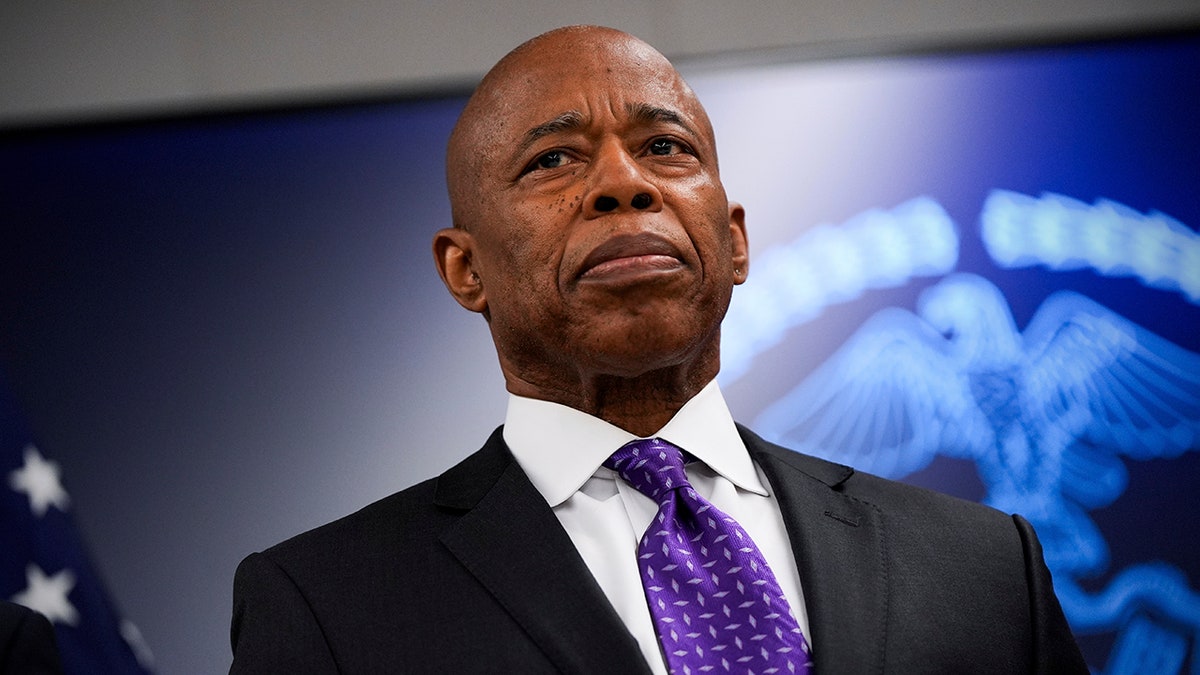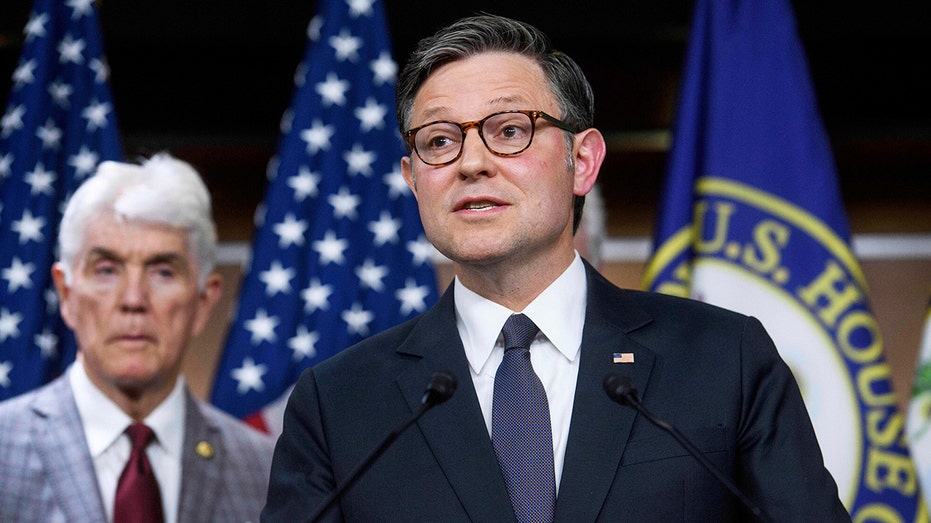How tribal radio stations are preparing for a future without the Corporation for Public Broadcasting

In the most remote parts of Alaska, staying in touch can involve a bit more effort than sending a text. Cell service is spotty, highways are nonexistent, and the postal service remains a vital lifeline, delivering supplies and mail by plane. But for anyone who wants to broadcast a different kind of message — a reminder to pick up milk, for example, or birthday wishes — there’s always the Muktuk Telegram.
Named for a traditional food of whale skin and blubber, the Muktuk Telegram (also called the Mukluk Telegraph, after a phrase referring to how gossip spreads in Alaska) is sort of like an amplified shout: Someone calls into a radio station with a message, and it gets broadcast on their airwaves so that anyone in range with a radio tuned to the right frequency will hear it. Usually, the radio station broadcasting the Telegram is one of the fifteen tribal radio stations in Alaska. But now, after Congress took away $9.4 billion in previously allocated public media funding and the Corporation for Public Broadcasting (CPB) subsequently announced it will shut down, the future of those stations, the Telegram, and tribal public media across the country is up in the air.
“Stations are trying to figure it out,” said Jaclyn Sallee, president and CEO of KNBA, a tribal radio station in Anchorage, and Koahnic Broadcast Corporation, which produces shows that are distributed to tribal radio stations across the country. “Some stations are very concerned that they won’t be able to operate starting October 1 or maybe sometime later this fiscal year.”
Indigenous radio and television stations are unique in the landscape of American media. While many are part of the NPR and PBS networks, they are mostly staffed by Indigenous reporters and producers and primarily serve audiences in tribal nations around the U.S., many of which lack broadband or cell service. According to Native Public Media, an NPR-like network for tribal stations, there are 57 tribal radio and 3 tribal television stations in 20 states in its network across the country, and most if not all of them received CPB funding before the rescissions package passed.
“When a Tribal station goes dark, the silence is more than technical,” said Loris Taylor, president and CEO of Native Public Media, in an emailed statement to Nieman Lab. “These stations are not just media outlets, they are cultural infrastructure.” She continued:
The information environment in Indian Country is often fragmented, underfunded, and marked by digital inequity. Tribal stations fill this gap. They provide hyperlocal news, accurate weather and fire updates, language revitalization, and trusted reporting on a wide range of topics, from Tribal elections to water contamination. In areas where newspapers have folded and cellular service is unreliable, a community radio signal is often the only consistent source of information. Without these stations, many Tribal citizens, especially elders, low-income families, and those without broadband, would lose essential access to news and public discourse.
Among the essential services at risk are emergency alerts, which are particularly crucial in areas with gaps in cellular coverage. At particular risk is the Missing Endangered Persons Alert, a new type of alert similar to an AMBER alert that the Federal Communications Commission (FCC) adopted in August 2024 and that is set for national launch in September. According to the FCC’s website, “The MEP code could be particularly beneficial to Tribal communities, where American Indians and Alaska Natives are at a disproportionate risk of violence, murder, or vanishing.” Taylor, who is Hopi/Acoma, said in her statement that this alert “will depend on the very infrastructure now at risk due to federal funding cuts. Gutting this network endangers real people.”
Shortly before the rescissions package passed, Sen. Mike Rounds (R-S.D.) announced his office had “worked with the Trump administration to find Green New Deal money that could be reallocated to continue grants to tribal radio stations without interruption.” (It’s unclear what Rounds means by this, since a Green New Deal has not passed. It’s possible he is referring to either the Inflation Reduction Act or the Infrastructure Investment and Jobs Act, both of which were passed under President Joe Biden.) Details on the deal are scant. As Kathryn Squyres reported in Current, a spokesperson from Rounds’ office explained that the Department of the Interior’s Bureau of Indian Affairs (BIA) will distribute $9.4 million of previously appropriated funding to 35 tribal radio stations in 11 states, which matches the amount those stations received from the CPB in fiscal year 2025. But it’s unclear what will happen after this year’s grants are dispersed, or to the 22 radio stations and nine states left out of that deal.
Rounds’ office did not respond to my request for comment. In an emailed statement, a spokesperson from the Department of the Interior wrote that “a transfer of previously appropriated federal funds allows Interior to support tribal communications infrastructure through targeted grants. Indian Affairs will administer these funds under established authorities. At this time, Indian Affairs anticipates awarding the first set of contracts by the end of Fiscal Year 2025 or early Fiscal Year 2026.” It’s not clear where that funding is coming from, or whether other programs at the Bureau of Indian Affairs will be affected by the funding being reappropriated.
It wouldn’t be the first time stations have been funded through the Bureau of Indian Affairs. Before the CPB was created in 1967, says Mark Trahant, who spearheaded the revival of ICT (formerly Indian Country Today), tribal stations received funding through the BIA for almost 40 years. Trahant, a member of the Shoshone-Bannock tribe of Idaho, said the funding Rounds claims to have secured is probably “a handshake. And I don’t think it’ll be anywhere near what’s being funded [through CPB] now.”
Many stations are teetering on the edge of a funding cliff; they’ll stop receiving CPB funding on October 1, which is the beginning of the next federal fiscal year, and if the DOI funding gets delayed for any reason they may have to shut down. For now, said Sue Matters, station manager at KWSO, a tribal station on the Warm Springs Indian Reservation in Oregon, “everyone’s scrambling.”
If stations disappear, Trahant said, he’s worried about what might fill the gap.
“Drive across the Navajo Nation, and evangelical radio is everywhere, probably on four or five stations, and they’re just proselytizing tools,” Trahant said. “To me, this is a question of who owns the airwaves. The great thing about CPB was that it set as a national standard that the public owns the airwaves, and they have an investment in that. I think that’s what’s really been missing from this debate.”
An interconnected system
No public media station, no matter how local, exists in a vacuum. Content-sharing has been a part of the public media model since its earliest days, and since 1979 public radio stations around the country have used the Public Radio Satellite System, or PRSS, to upload and download shows. The system is maintained by NPR; in 2023, it received nearly $12 million from the CPB for system maintenance and improvements.
“There’s all these questions about what sort of chain reactions could happen,” Matters told me. KWSO is an NPR affiliate; it uses the PRSS to broadcast NPR shows like All Things Considered and top-of-the-hour news hits, shows from Oregon Public Broadcasting, and shows made specifically for tribal radio by the Koahnic Broadcasting Corporation. These include Native America Calling, a daily call-in show featuring callers from around Indian country, and National Native News, a daily five-minute newscast.
The absolute worst-case scenario, Matters told me, would be if the funding cuts somehow affected the PRSS. This is probably unlikely: NPR only receives about 1% of its funding from the federal government, and the PRSS is considered an essential service. The more pressing question is how the production or distribution of the shows uploaded to PRSS might be affected by the funding cuts. Sallee, who is Inupiaq, said Koahnic’s funding to produce National Native News and Native America Calling should last until 2027, but she’s unclear what will happen after that. KNBA itself receives about $300,000 from CPB, which makes up 40% of its budget, and that funding will cease on October 1.
With the cuts, KNBA might have to cut back on some of the national shows it carries, and Koahnic might have to reduce the number of days it produces its shows. Native America Calling and National Native News, in other words, may no longer be able to produce shows daily, which means the stations that rely on those shows will have to find new ways to fill their schedules — a heavier lift if they too are facing budget deficits.
In Warm Springs, for example, KWSO is bracing to lose about $200,000 in annual CPB grants. That money funds the salaries of two producers — a third of KWSO’s six-person staff — who work mostly on local programming. KWSO also relied on the CPB for music licensing (a problem that every public radio and TV station in the country, along with the musicians who benefit from that licensing, are now trying to navigate) and used the CPB grant to fund its website, where it livestreams its programming, and build an app. “We’ve used CPB funding to kind of advance ourselves into the 21st century,” Matters told me.
More than just the news
Every person I spoke with emphasized that losing tribal stations would mean losing a key cultural touchstone in Indigenous communities across the country.
“Our unofficial slogan is ‘try and be useful to people,’” Matters said. KWSO runs daily programming highlighting events, local resources, and an on-air job board. The radio station is even something like a local Google; if somebody has a question that they can’t easily find the answer to, they just pick up the phone and call the station, because they trust the answers they’ll get. During wildfire season KWSO extensively covers fires in the area, partly for obvious safety reasons but also because so many people in the community have worked wildland firefighting jobs and are always hungry for more details. The station is also in the midst of a local information ecosystem assessment, asking people how they get their news and what sort of programming they’d like to see more of in the future.
Perhaps most importantly, tribal stations run irreplaceable cultural programming. Koahnic distributes national shows in multiple languages, and KWSO runs local programming in the three languages of the Confederated Tribes of Warm Springs — Chinook, Sahaptin, and a dialect of Paiute — as well as music and updates from powwows. The work is a cultural archive; recently, during huckleberry season, the station ran a talk show from 2005 that featured an elder who has since passed away talking about the protocols for a huckleberry feast. “And that’s important, even though she’s gone a while,” Matters told me. “There’s still huckleberries.”
The path forward
Around the country, tribal stations are trying to figure out the path forward. In Alaska, public radio and TV stations — both tribal and not — are banding together for an emergency fundraiser supported by the Alaska Community Foundation, a local nonprofit. The goal is to raise at least $15 million, the amount those stations received from the CPB altogether before the rescissions package. “We want to preserve our staff,” Sallee told me, “because the producers and journalists are the product.” They’ve already started to see some donations come in from all over the country.
In Warm Springs, KWSO is technically part of tribal government — it’s housed within the tribe’s department of Health and Human Services — and the tribe has indicated that it’s open to covering the funding gap, at least temporarily. The station, like KNBA, has also seen a slight uptick in donations, but the question on everyone’s mind is whether those donations will last beyond this year.
ICT, which hasn’t received CPB funding since April 2024, is also looking at how it can help fill any potential gaps in coverage. While the organization runs a weekly TV show and has experimented with radio in the past, it’s never really leaned in to the format. That may change now. “We have amazing broadcast capabilities,” said Katie Oyan, president and CEO of IndiJ Public Media, which owns ICT. A member of the Oglala Sioux Tribe, Oyan grew up listening to tribal radio in rural South Dakota, and she considers it to be a lifeline. “So if there’s a need that needs to be filled, we’re super ready to help.”
Trahant is confident that tribal public media will survive; it has gone small in the past, operating on shoestrings and volunteers.
“We’re not going to stop doing our thing,” Matters told me. “It’s just a matter of how much we can continue to do. But there’s a lot of richness to living here. People are really funny, and they’re really resilient. I don’t know how people survive sometimes, but they find a way. And I feel like if we can just move the needle a little for people to improve their lives, that makes all the work worthwhile.”
What's Your Reaction?
 Like
0
Like
0
 Dislike
0
Dislike
0
 Love
0
Love
0
 Funny
0
Funny
0
 Angry
0
Angry
0
 Sad
0
Sad
0
 Wow
0
Wow
0































































